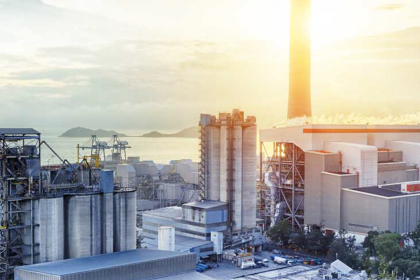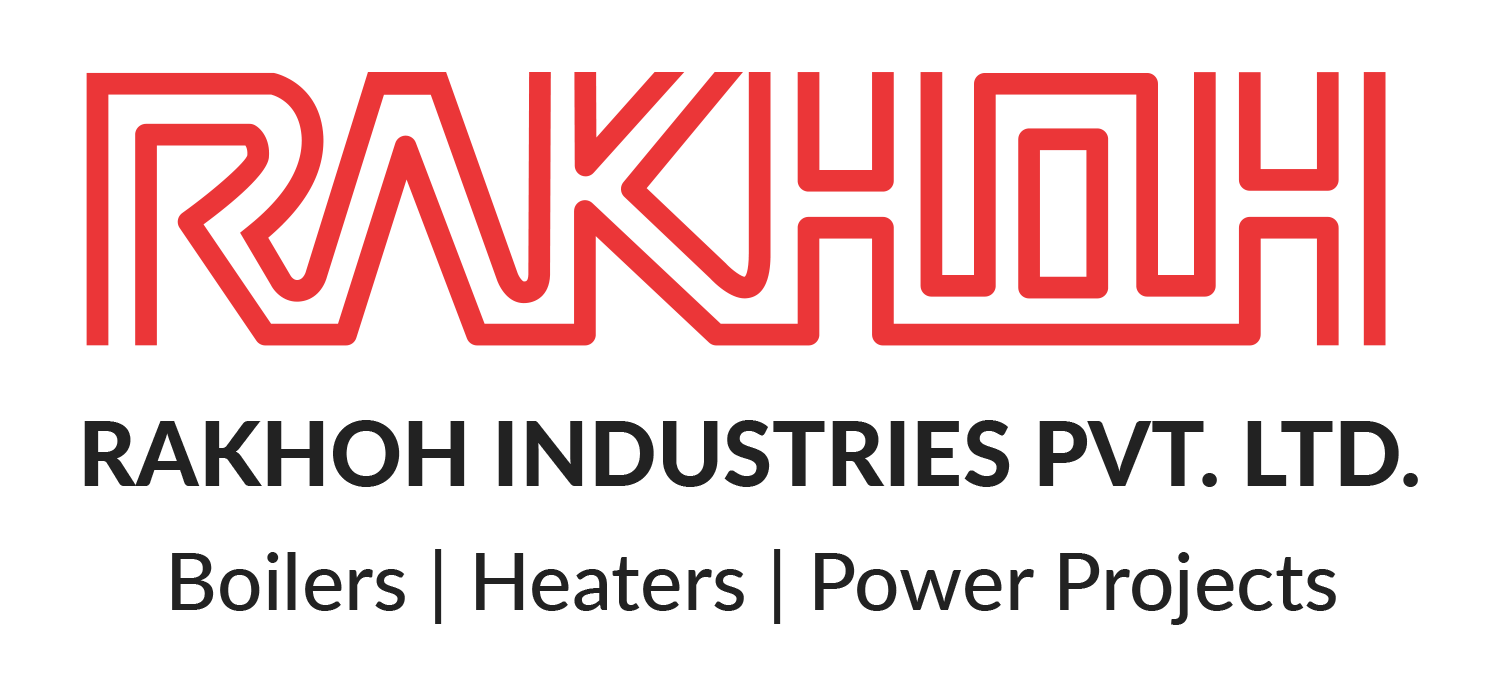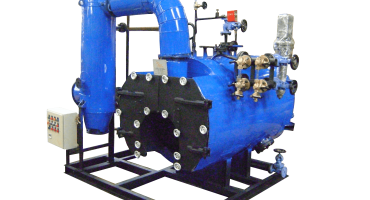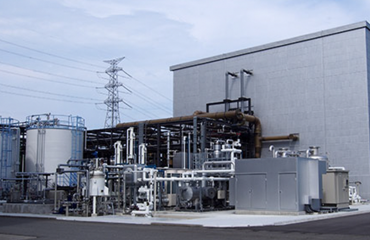
Steam boilers first came into light in the 17th century, wherein boilers were kettle-type that functioned by placing water above a firebox to generate steam. As the years progressed, the design and construction of steam boilers were enhanced and upgraded as they were used in industries and ships or locomotives. However, it also resulted in boiler explosions at an alarming rate that took place frequently, causing loss of lives and production. It led to the increasing need for safety measures to be taken while manufacturing a steam boiler. After years of work, safety valves were invented and installed in steam boilers in order to protect life and property during industrial process operations.
History of Safety Valves:
The first-ever safety valve was invented in 1707 by Denis Papin and was installed in his steam digester that seemed to be as a pressure cooker rather than a steam boiler. Safety valves in the early years were manufactured with great caution. After a hazardous explosion, Richard Trevithick started installing a pair of safety valves in the boilers by 1806. These safety valves were not adjustable, released high pressure, and would continuously leak the waste steam. With the passing years, engineers began to invent safety valves of different types that were highly efficient in safeguarding the process plant and the lives of operating staff. Presently, safety valves are essential in every steam boiler by most countries and organizations including ISO 4126, ASME, API, and various others. Most of the safety valves are manufactured with stainless steel, used in a boiler system for various industries such as pharmaceutical, food processing, chemicals, and many more.
Structure of Safety Valves:
Safety valves are generally located on the steam drum of the boiler and open automatically when the inlet-side pressure of the valves exceeds the predetermined pressure. There are three main components of a safety valve: disc, nozzle, and spring. The total capacity of the safety valve must be more than the maximum flow capacity (MFC) of the safety valve in case steam valves fail to open. Most steam boilers connect two safety valves in it, but it may require a third safety valve if it does not exceed the MFC.
Types of Safety Valves:
There are several types of safety valves that perform differently. In countries like India and America, spring-loaded safety valves are used extensively along with torsion bar safety valves. Let us have a look at different safety valves in detail.
Spring Loaded Safety Valves/Spring Loaded Pressure Relief Valves:
Spring-loaded safety valves, also known as pressure relief valves, are the most commonly used safety valves in most countries. It is designed in a way to compel the load of the steam to press the disc against the inlet pressure. Different boilers require different safety valves depending on the type of fluid.
Pilot Operated Pressure Relief Valves:
Pilot operated pressure relief valves consist of the main valve and pilot assy. In the case of spring-loaded pressure relief valves, it uses the force of the spring for the inlet pressure. However, in pilot-operated pressure relief valves, the reseating and reliving of pressure is performed by the pilot assy. Although there is a lack of adjusting facility, pilot-operated pressure relief valves have variations in a larger size suitable for high-pressure conditions.
Dead-weight Pressure Relief Valves:
The pressure vessel is set at very low pressure in the design pressure of dead-weight pressure relief valves. Such safety valves release pressure by adjusting the disc weight. These characteristics are also found in vacuum relief valves that extract the pressure as the pressure vessel falls into negative pressure.
Working of the Safety Valves:
The overpressure in boilers results in the nozzle receiving higher pressure from the inlet of the valves that begins to make boiling or simmering sounds. When the pressure exceeds the predetermined spring pressure, the disc starts lifting and releasing the steam with a popping sound. Once the steam is released, leading to a drop in steam and pressure, the spring closes the disc. It is vital to frequently check the steam valves to ensure it is undamaged and functions efficiently.
Boiler relief, however, functions in a slightly different manner than safety valves by opening gradually as the pressure increases rather than opening fully as in safety valves. Similar to its way of opening, boiler relief closes gradually after the pressure limit is reduced and is mostly used for liquid vapor.
On the other hand, safety relief valves have the quality of both safety valves and boiler relief and are mainly used for liquid and gaseous vapor.
Since its formation in 1983, Rakhoh Boilers strives to enhance and improve the safety of the boiler operations by manufacturing and installing boiler safety valves of the highest quality that ensure the safety of the process plants and prevent any fatal accidents or injuries to the staff working and operating the plant.








